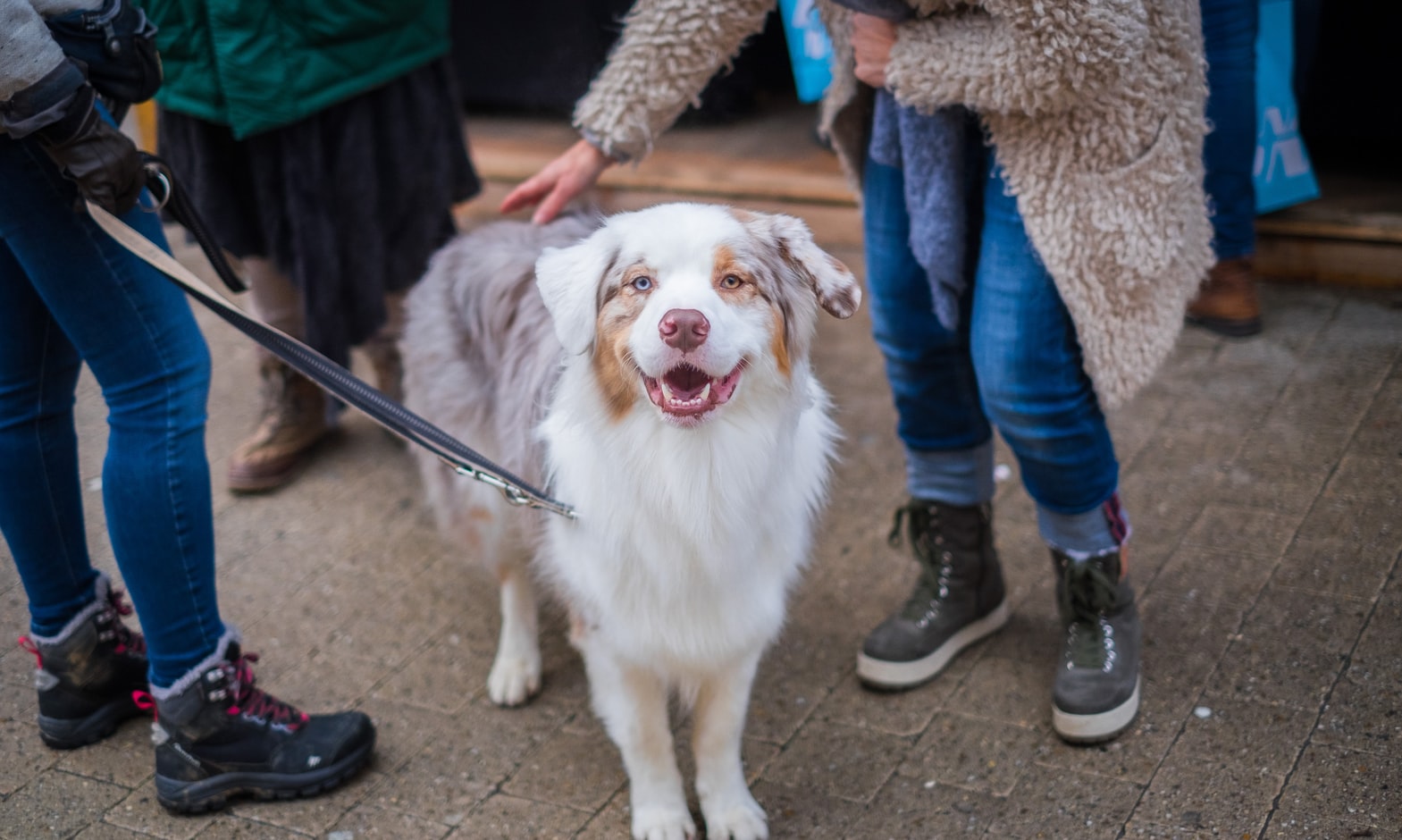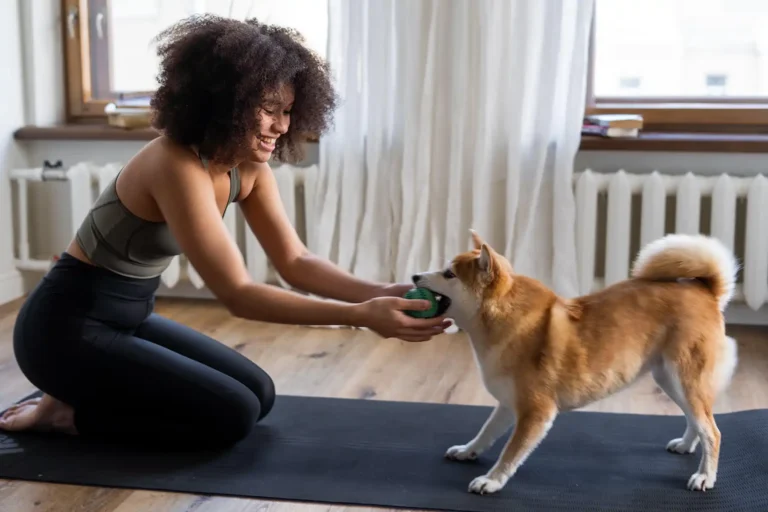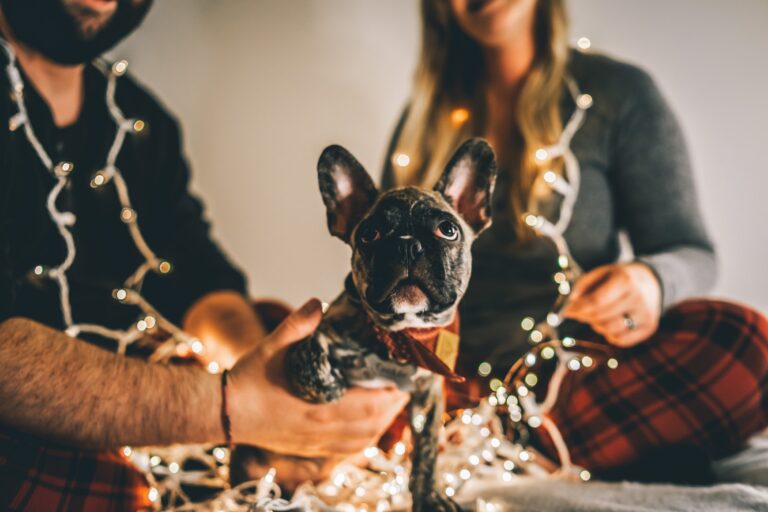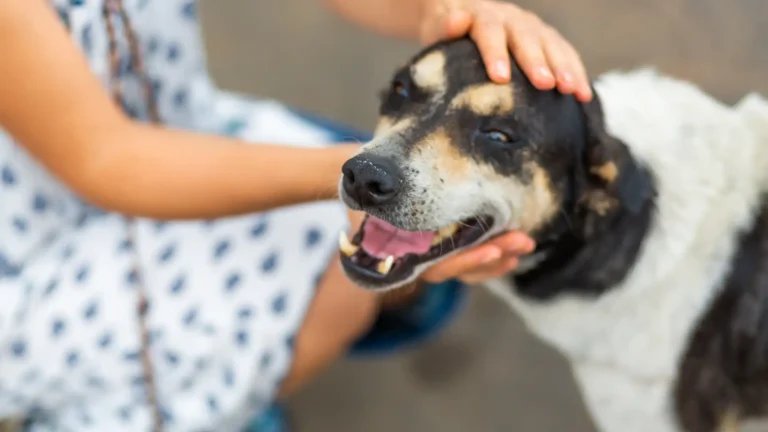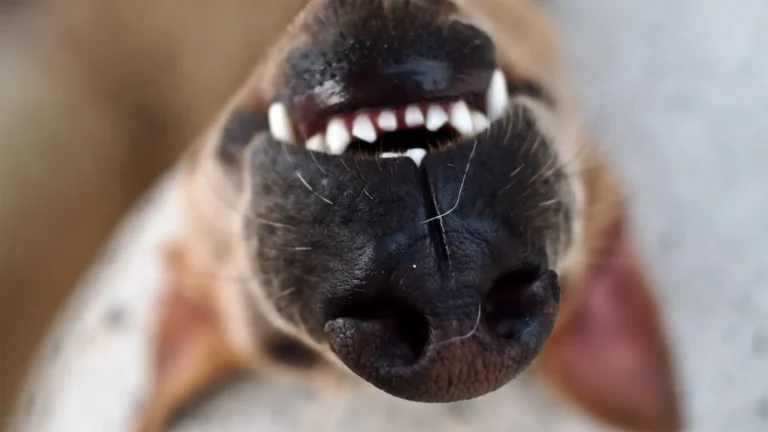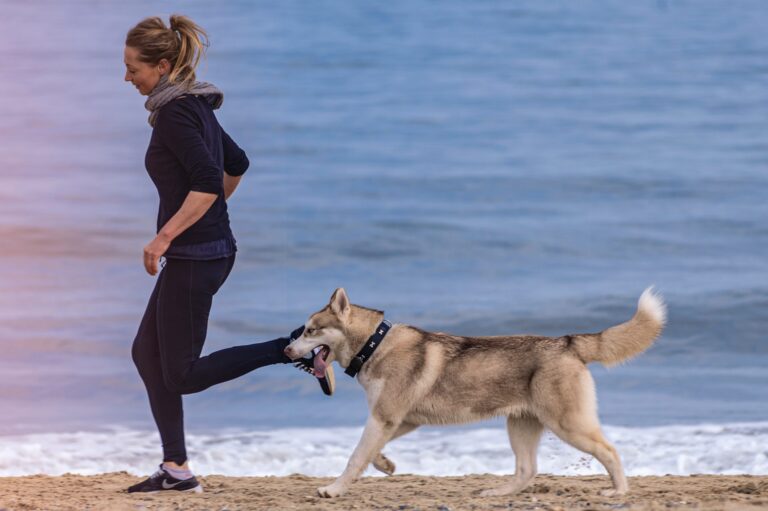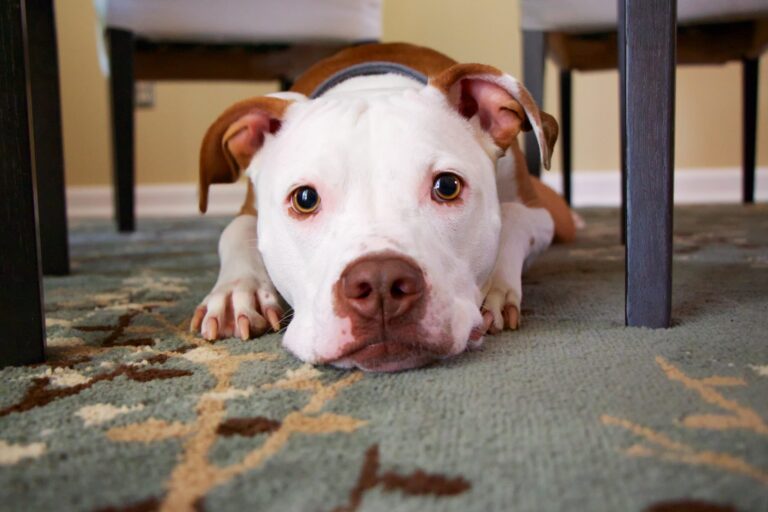Socialising your dog during a pandemic
The sensitive socialisation phase is during 5-16 weeks of age, but this window starts to ‘close’ from 12 weeks onwards. Robust dogs may be relatively unaffected by delayed social opportunities, but for many puppies, it’s crucial to start exposing them to the world you want them to occupy as soon as possible, after an initial settling in period in their new home (2-7 days – depending on how settled they seem and how much exploring is to be done at your home).
Make sure that socialisation is at an intensity and frequency your puppy can cope with – is this a good experience or not? Check regularly if they can cope with more or whether they need things to slow down a little more. Socialisation is about quality, not quantity, and it is not a race.
Here’s some tips on socialising puppies.
1) Get your puppies out and about as soon as you can. Carry them (quiet places first), park the car up and sit and watch the world go by together from the boot or back seat. Sit in your front garden with them (allowing easy retreat inside), visit friends or have them visit you.
Get your puppy out for walks on the ground seven days after their second DHP vaccine, (unless of course they have a medical reason not to).
2) Getting your puppy used to vet visits can be tough at present. Some vets aren’t letting owners in with their dogs and if this is the case, make sure the vet is 100% on board with how to make it a positive experience. Ask them to lead or carry your puppy away from you using super tasty treats (give these to the vet) and to feed treats during physical examination and vaccination. If you’re there with them, you can do this.
Call ahead and ask the receptionists if all of this this is possible. If this isn’t or you feel dismissed or not taken seriously, then find another practise.
3) You can scatter treats when the doorbell goes to create a positive association, especially if your puppy seems startled. If your puppy is quiet, don’t take this for granted as barking often starts 16 weeks onwards. If you have anyone coming into your house, be sure to talk them through how visitors should behave towards your puppy. They should be calm, avoid stroking on the head, not over-excite the puppy with pats and tickles (calm strokes on chest is best) and let the pup greet them on their terms first.
4) I discourage owners letting everyone on the street interact and handle their puppy. Quite simply because many people can overwhelm puppies with their enthusiasm, causing the puppy to jump and become over-excited. Puppies get over-stimulated, which triggers pulling on the lead, rolling over, urination (also a sign of anxiety/fear during greetings) or jumping. Owners then often correct or try to discourage these behaviours. It all becomes a bit messy and the reality is that if people behaved more appropriately, the puppy wouldn’t likely behave like that.
Alternatively, cautious puppies are often pressured to interact. Outstretched hands with food try to persuade them to be friends accompanied with direct eye contact – all threatening stuff for an anxious puppy and not the positive experience we are after.
If the puppy’s avoidance behaviour is not noted or responded to (by allowing retreat to a safe distance), some may jump/flip on lead, freeze or begin to bark. If these work as increasing distance (owner moves puppy away or person backs off), then the pup may learn to repeat them. This, my friends, is how over reactivity can start in some dogs.
5) I see a huge correlation between pups who are frequently walked alongside a busy road and sound sensitivity, refusal to walk, pulling on the lead and over reactivity. It’s better to introduce exposure to traffic carefully. If you live on a busy road and have a front garden, build up experience via time in the front garden – allowing easy retreat to the house. Walk quiet streets first, dip towards or onto a busy road for short durations before retreating again.
I encourage my puppy attendees to do street walks and walks in busy parks at a ratio of 1 out of 4 initially (1 busier walk to 3 quiet, big green space walks). This ensures pups build up gradual exposure without being overwhelmed (also, trying to loose lead train on every walk is setting yourself up for failure, I wouldn’t want to do it that much).
6) Try and drive to vast, green walk locations as often as possible. Short car journeys with a positive outcome can build positive associations with the car. Pups do well to travel up front in the car, as they do not yet have the core strength or balance system to be stable in the boot. I find they slide around crates too, unless these are padded with donut beds. I recommend Kurgo booster seats or a seat belt clip attached to a harness for travel on the back or front seats. You need your pup secure in the car by law.
